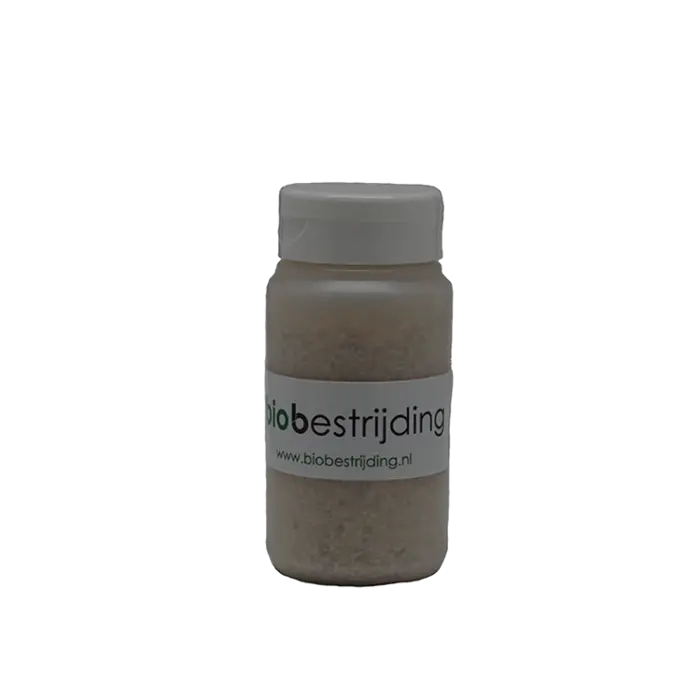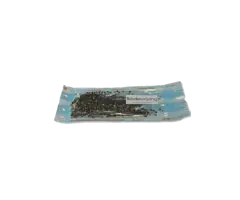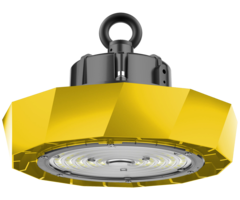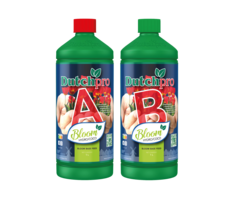BioBestrijding | Predatory Mite against Spider Mite Corrective ~ Phytoseiulus Persimilis
BioBestrijding Predatory Mite against Spider mites Corrective
Attention! This product consists of live animals and is only available for order in the Netherlands or Belgium. If you order more than just Bio Fight, there will be an additional charge of € 7.95 due to dropshipping from the supplier.
The Phytoseiulus persimilis predatory mite is very suitable as a biological spider mite control. Phytoseiulus is a bright red coloured predatory mite with high legs and is very agile. This predatory mite feeds exclusively on spider mites (Tetranychus spp.) and is mainly used when there is already a spider mite infection. An adult Phytoseiulus is a real spider mite killer and eats about 5-25 prey per day in the form of spider mite eggs / larvae, nymphs and adult spider mites. The predatory mites actively search for spider mites and suck them dry. Under the right conditions the predatory mites will develop faster than the spider mites and successfully fight spider mites. The Phytoseiulus is widely used in many vegetable and ornamental crops such as tomato, bell pepper, cucumber, melon, eggplant, strawberry, bean, gerbera, rose and various potted plants.
Life cycle
Eggs of Phytoseiulus hatch in 2-3 days. Development from egg to adult predatory mite is about 5 days at the optimal temperature. At lower or higher temperatures it can take up to 25 days. During her 35-day life an adult female lays 60 eggs. The eggs are oval in shape and 0.3 mm long.
Physical Characteristics
The Phytoseiulus is a bright red / orange colored predatory mite and is very mobile. The Phytoseiulus is also nicknamed the red firefly. The mite is about 0.5mm in size and has the shape of a teardrop with long/high legs. Younger specimens are often salmon colored. The Phytoseiulus is easily distinguished from spider mites and is comparatively much faster than the spider mite.
Quantity needed
We recommend up to 50 Phytoseiulus predatory mites per m2. Of course this can vary if the infection of spider mites is high. A pack of 1,000 is sufficient for approximately 200 meters. Repeat the introduction every 1-2 weeks, depending on the development of the infestation.
Temperature and humidity
The optimal temperature is between 20 and 27 degrees. At 20 degrees the population of predatory mites multiplies 300 times in 30 days, while at 27 degrees it is more than 200,000 times. An optimal temperature is important for effective deployment. The humidity should preferably not fall below 60%. This has a strong influence on the reproduction of the predatory mite.
At temperatures above 30C and humidity below 50% the predatory mites reproduce more slowly than the spider mites. In this situation you should carefully monitor the effect of the predatory mites. Spraying the plants several times a day for a short period of time promotes the development and reproduction of predatory mites.
Staking Instructions
- Introduce Phytoseiulus preventive or at the first appearance of spider mites.
- Upon receipt put out as soon as possible, predatory mites are not tenable.
- In sprinkler form: open the bag and sprinkle it evenly over the plants. If there is a spider mite hotspot (concentration of spider mites) make sure to spread the material close to and around the hotspot.
- It is advisable to leave the packaging in the room for a few days so that the eggs and predatory mites that are left behind have the opportunity to take action.
- Repeat the application every 2-4 weeks, depending on the development of the infestation.
- If the prey dies out, the predatory mites will also die. In this case, it may be necessary to reintroduce the Phytoseiulus later. In case of lack of food this predatory mite can become cannibalistic and eat other predators. It is also possible that it switches to other food sources such as young thrips.
Amblyseius Californicus and Phytoseiulus Persimilis mix
A mix of Phytoseiulus persimilis predatory mite and Amblyseius californicus predatory mite is a good way to control spider mites for a long time. Therefore, we also supply a mix of both predatory mites. The mix consists of 1000 pieces Phytoseiulus persimilis and 500 pieces Amblyseius californicus. This is sufficient for 200 m2.
The Amblyseius californicus can be used for effective and prolonged control of all stages of spider mites (including greenhouse spider mite and fruit spider mite) with preference for the younger stages. In the absence of prey, the A. californicus, unlike the Phytoseiulus, can also survive on the pollen present in the plants. The predatory mite can go for a long time without eating and can therefore also be used preventively against spider mite. The ideal mix for an effective biological control of red spider mite in your plants.
Storage advice
Biological beneficials are living animals and have a (very) short lifespan and should therefore be introduced as soon as possible after receipt. Storage can influence the quality negatively and is only possible under the conditions mentioned below.
- Shelf life: 1-2 days
- Storage temperature: 8-10C
- Keep in the dark and lying down






